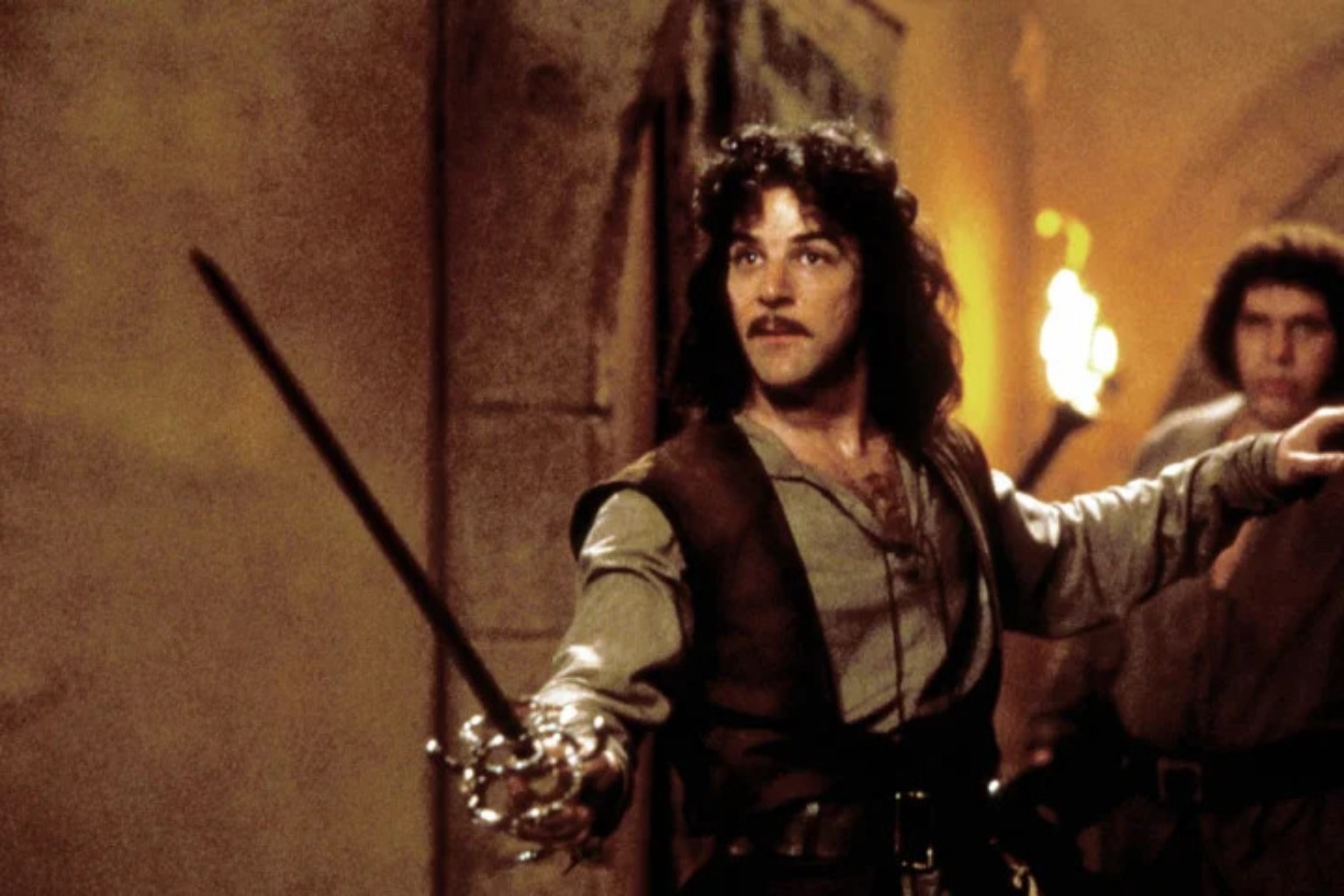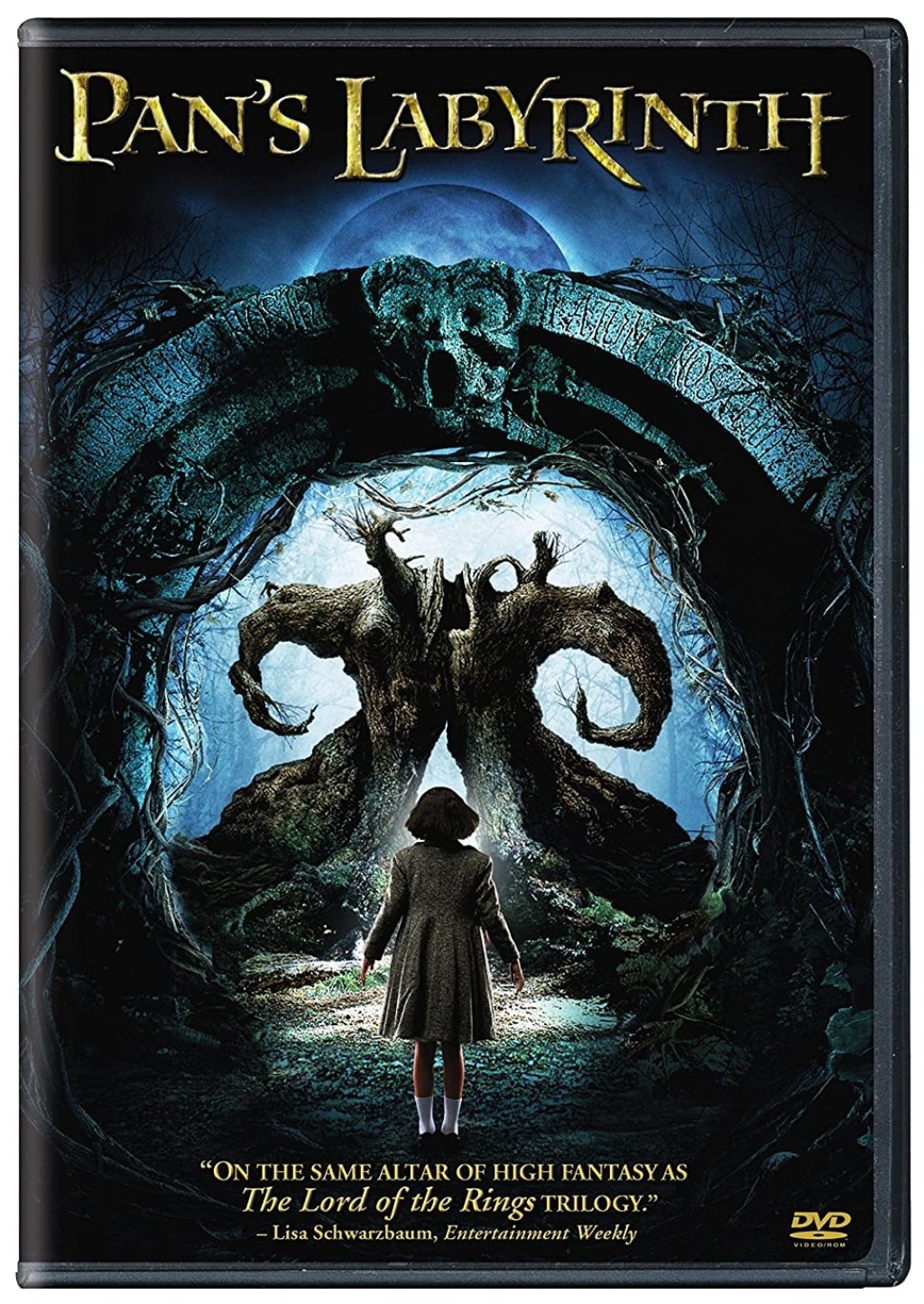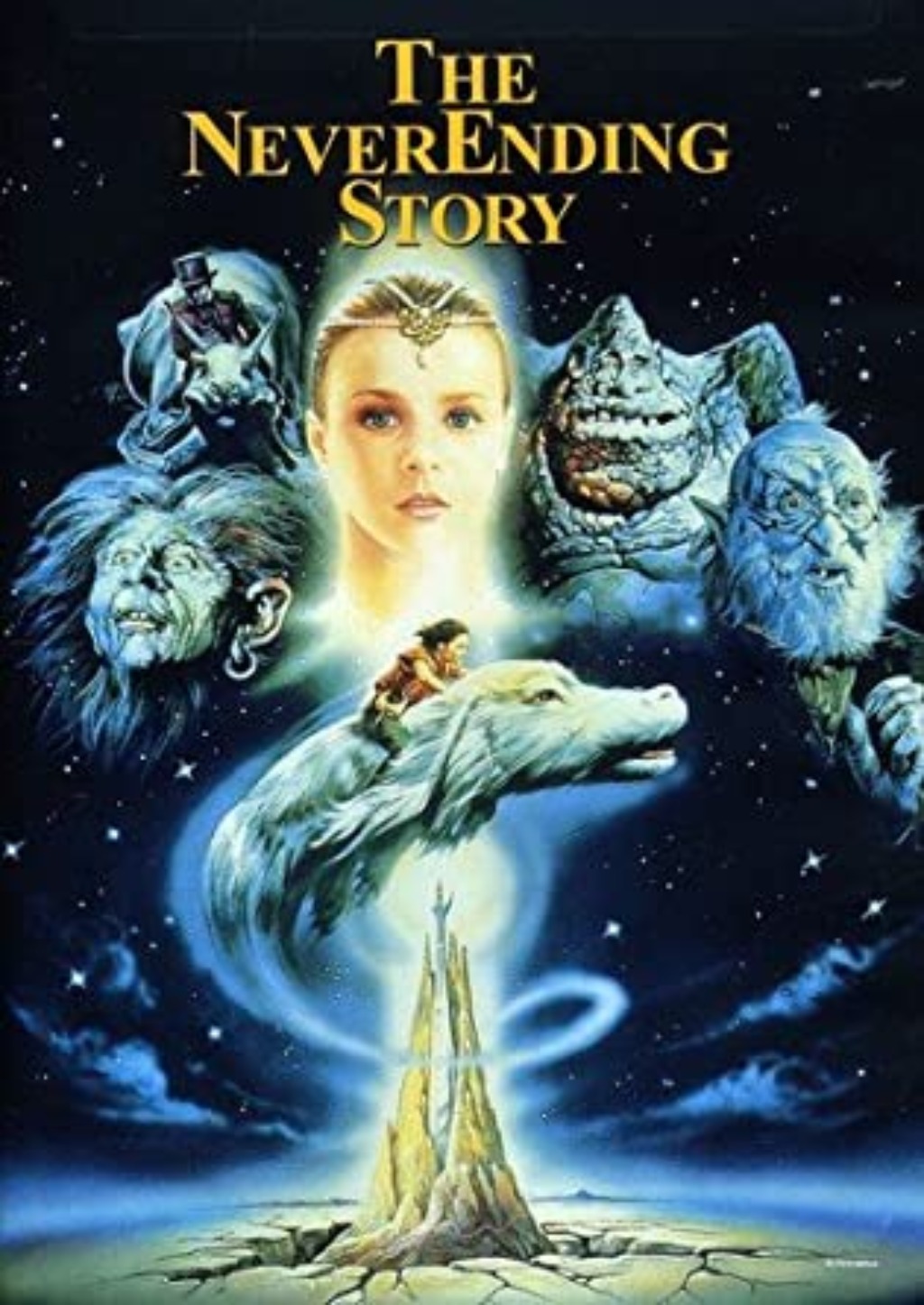There’s nothing I love more than kicking back with a good movie or TV show. Not only is it fun just for entertainment’s sake, but you can learn a lot as a writer about storytelling from the films and shows you love. I’ve already written a few different installments about TV shows and movies that you can study to improve your writing, including a special installment about holiday films.
Now I thought I’d do an installment in honor of the short fiction writing contest we’re having on Fictionate. The contest entails writing a fairy tale retelling, so here are three fairy tale films you can study to learn more about how to tell a good story.

Injecting Humor: The Princess Bride
Where to watch it: Hulu
When I was growing up, The Princess Bride was my go-to movie when I was home sick from school. Coincidentally, the movie is framed by a grandfather reading a fairy tale book to his sick grandson. The story of Buttercup and Wesley is set up in a very archetypical way—she’s a fair maiden and he’s the farm boy and they fall in love without barely a word passed between them. Wesley goes off to seek his fortune and Buttercup later receives news that he’s been murdered by pirates.
Such a dramatic story wouldn’t usually be funny, but The Princess Bride does a marvelous job of injecting humor into its fairy tale plot. Some of the humor comes from interjections from the grandson as his father reads, complaining that the story isn’t exciting enough.

Other opportunities for comedy come from the hilarious side characters. One is a deadpan giant, another is a swordsman who is bent on revenge on the six-fingered man who killed his father. The line, “Hello. My name is Inigo Montoya. You killed my father. Prepare to die” is repeated throughout the film to great comedic effect. At one point a wizard and his wife bicker like any old married couple, despite the fact that they are attempting to bring a man back from the dead.
As you write your fairy tale retelling, remember that not everything needs to be deadly serious. Adding a dash of humor to your story will lighten the tone and help it to stand out in the crowd.

Character Development: Pan’s Labyrinth
Where to watch it: Rent on Amazon Prime
Contrary to The Princess Bride, Pan’s Labyrinth has a much darker tone. In 1944 Falangist Spain, Ofelia and her pregnant mother move in with Captain Vidal, who her mother has recently married after the death of Ofelia’s father in the war. Ofelia’s atmosphere is grim and gloomy until she’s drawn into an eerie but captivating fantasy world.
This beautiful film does many things well, including the pacing and gorgeous cinematography. But one of its greatest attributes is its character development. One character the film quickly and efficiently develops is Captain Vidal, its main antagonist.

In one of the captain’s first scenes in the film, a father and son are brought before him after one of Vidal’s men heard gunfire. The son insists they were just hunting rabbits. The father says the rabbits are for his daughters, who are ill. Suddenly Vidal starts violently bashing the son’s face in with a bottle, then shoots the father in cold blood when he objects and shoots the son in the head. Afterward, Vidal finds two scrawny rabbits amongst the father and son’s belongings.
This scene makes you immediately hate Captain Vidal. When you develop your villain in your fairy tale retelling, you can quickly show how evil they are by having them commit some unforgivable act right away. As I noted in last week’s post, no one will care about your protagonist if they don’t have a great villain to go up against.

Worldbuilding: The Neverending Story
Where to watch it: Netflix
This movie (based on a book we discussed in this recent blog post) begins by introducing Bastian’s mundane reality. He gets a talking to from his disapproving father about his daydreaming and gets picked on by bullies. Running from the bullies, he stumbles upon a bookstore and the strange old man who owns it. The owner is reading a mysterious book that Bastian finds himself drawn to.
When Bastian snatches The Neverending Story from the bookstore and starts reading it in his school’s attic, he’s introduced to a fantastical world full of fascinating creatures. There’s a giant bat, a man in a top hat who rides a racing snail, and an enormous rock biter who is both made of rocks and eats them.

As soon as Bastian starts reading the book, it’s clear that this story isn’t going to rely on tried-and-true fantasy creatures like zombies or vampires. The beings introduced in this world are completely unique, as is the conflict that faces Fantasia: a “Nothing” that is sweeping across the land and engulfing all it touches. The realm’s Childlike Empress has fallen ill as well.
This is a great film to study for inspiration to come up with unique fantastical creatures for your fairy tale retelling. I also mentioned The Mythical Creatures Bible: The Definitive Guide to Legendary Beings by Brenda Rosen as a research resource in this post. Really try to use your imagination when it comes to your fantasy creatures, rather than just relying on fairies or other common beings.
If you want to submit a fairy tale retelling to our contest, all you need to do is write one in a speculative fiction genre: sci-fi, fantasy, horror, paranormal, alternate history, etc. The submission period is March 7 through Friday, April 7, 2022. Submit here.
Follow us on Facebook | Instagram | Twitter | Discord